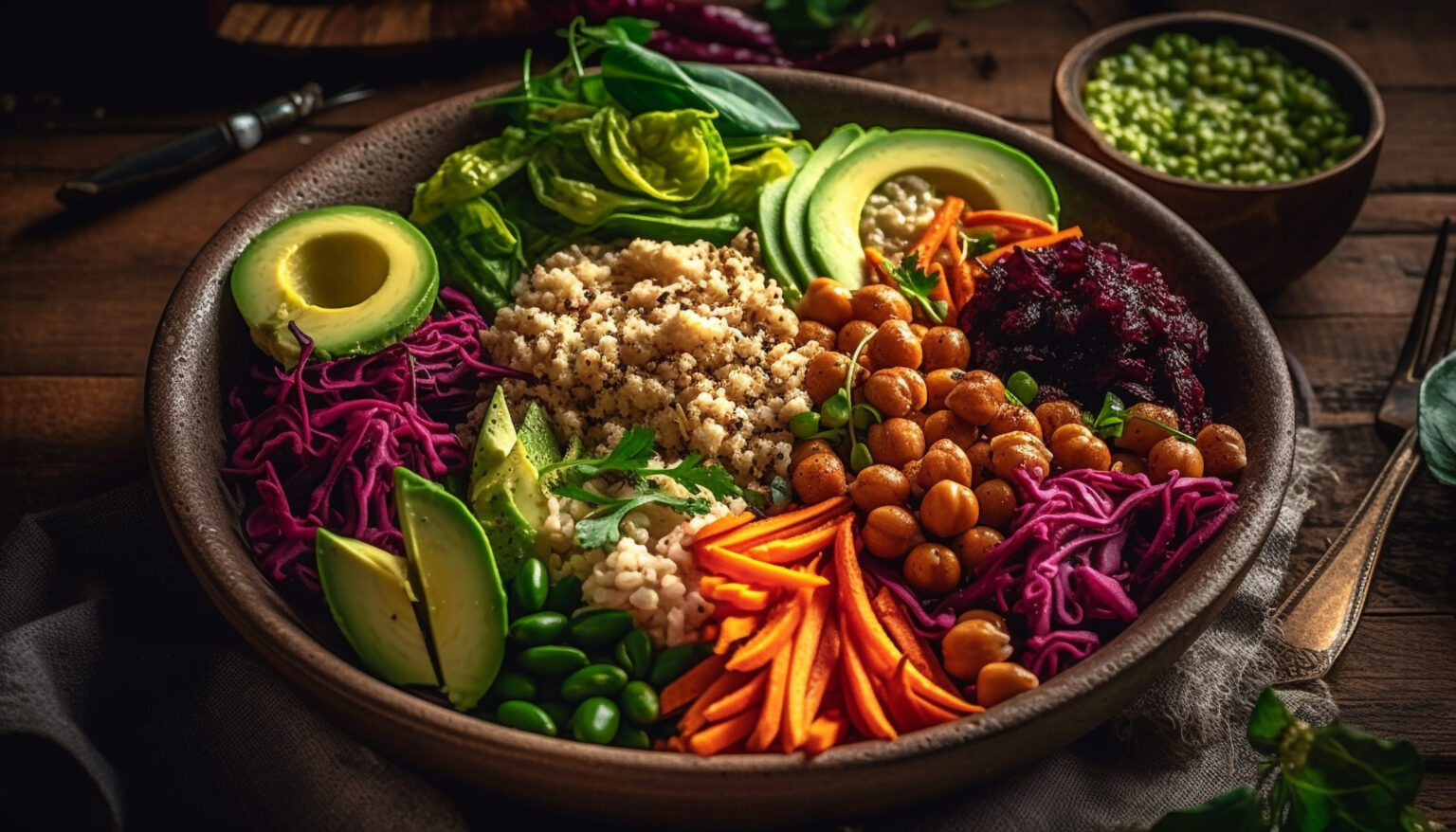Kashrut, the set of Jewish dietary laws, plays a significant role in the lives of observant Jews around the world. These laws provide a framework for maintaining a kosher diet, which includes specific guidelines on what foods can be eaten, how they should be prepared, and how they should be consumed. While adhering to Kashrut requires careful attention and consideration, understanding its principles can help individuals integrate it into their everyday lives.
At the core of Kashrut lies the idea of sanctifying the act of eating and bringing mindfulness to the table. By following these dietary laws, individuals strive to enhance their spiritual connection with God and their community. The principles of Kashrut are derived from the Torah, particularly from the books of Leviticus and Deuteronomy, where the laws pertaining to food and its preparation are detailed.
The dietary laws of Kashrut can be summarised into three main categories: permissible and forbidden foods, separation of meat and dairy, and the method of food preparation. Let’s explore each of these principles in detail.
- Permissible and Forbidden Foods: Kashrut designates certain animals, fish, and birds as kosher, while others are considered non-kosher or treif. Land animals must have split hooves and chew their cud to be considered kosher. Similarly, fish must have fins and scales. Birds are classified as kosher based on specific criteria outlined in Jewish law. Additionally, insects, rodents, and most reptiles are considered non-kosher.
- Separation of Meat and Dairy: Kashrut mandates the complete separation of meat and dairy products. This principle extends to both the consumption and preparation of these items. Utensils, cookware, and serving dishes used for meat and dairy must not be mixed. There should be a distinct time lapse between consuming meat and dairy products. This separation underscores the idea of maintaining purity and avoiding the mixing of life and death, as well as the ethical considerations of not cooking a kid in its mother’s milk.
- Method of Food Preparation: The method of food preparation is also a crucial aspect of Kashrut. Meat and poultry must undergo a process called shechita, which involves slaughtering the animal in a specific way to ensure its fitness for consumption. The person performing shechita, known as a shochet, must be skilled and knowledgeable in these rituals. Additionally, certain parts of the animal, such as forbidden fats and the sciatic nerve, must be removed before consumption.
Furthermore, fruits and vegetables should be thoroughly inspected for insects and other impurities. This is particularly important for leafy greens, as bugs may be concealed within the crevices. The use of kosher-certified ingredients, processed in accordance with Kashrut guidelines, is preferred to ensure the final product is kosher.
Observing a kosher diet in everyday life requires dedication and planning. For individuals seeking to incorporate Kashrut into their routine, there are several key practices to consider:
- Educate Yourself: Familiarise yourself with the principles and laws of Kashrut. Seek guidance from knowledgeable individuals, such as rabbis, who can provide in-depth explanations and practical advice.
- Shop Mindfully: When purchasing groceries, look for kosher-certified products. Many food items now bear a kosher symbol or label, making it easier to identify suitable choices. Be cautious of processed foods, as they may contain non-kosher ingredients or be produced on non-kosher equipment.
- Separate Utensils: Maintain separate sets of dishes, cookware, and utensils for meat and dairy. Labelling or colour-coding can help distinguish between the two. If eating out, ensure that restaurants and caterers follow kosher practices.
- Plan Meals: Plan your meals in advance to ensure compliance with Kashrut. Consider the ingredients, cooking methods, and the order in which meat and dairy are consumed. Explore a variety of kosher recipes and cooking techniques to make your meals flavourful and diverse.
- Seek Community Support: Engage with a local Jewish community or join kosher cooking classes to connect with others who share your dietary practices. Support and guidance from like-minded individuals can be invaluable on your kosher journey.
Observing Kashrut is a personal and spiritual choice, and the level of observance varies among individuals and communities. It’s essential to approach it with respect and understanding, recognizing the deep-rooted traditions and beliefs behind these dietary laws.
Incorporating the principles of Kashrut into everyday life may require adjustments and a learning curve, but it can bring a sense of fulfilment, mindfulness, and connection to Jewish heritage. By embracing these principles and observing a kosher diet, individuals can deepen their spiritual practice and foster a stronger connection to their faith and community.








